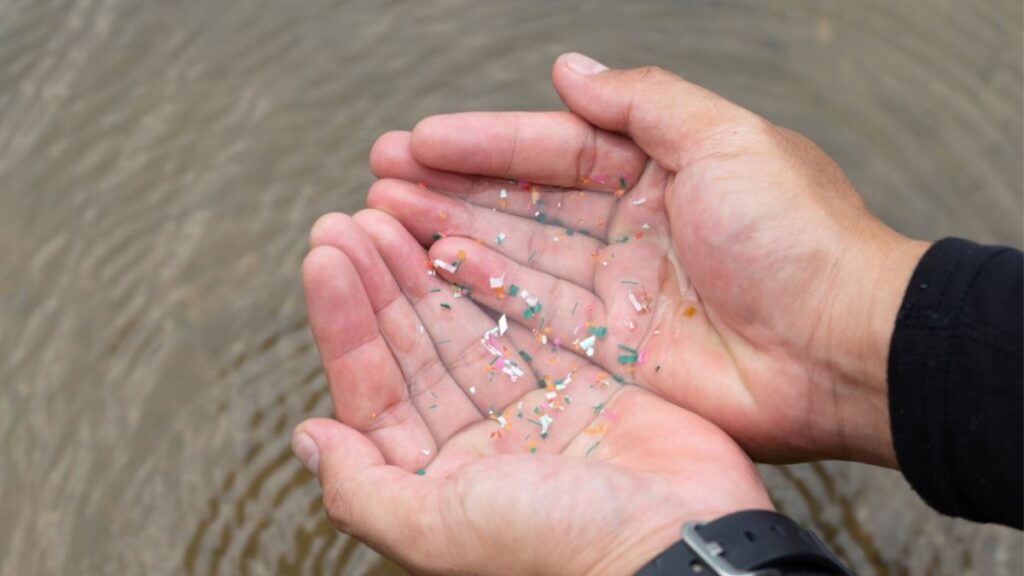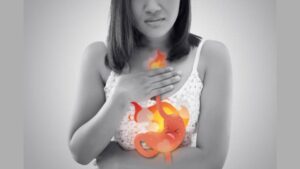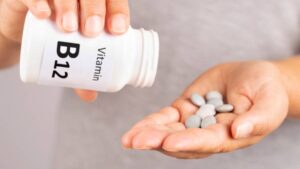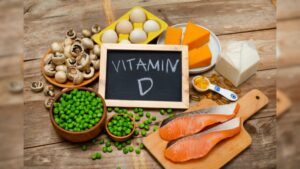5 Simple Ways to Reduce Microplastic Exposure in Your Daily Life

Microplastics—tiny plastic particles smaller than 5mm—have infiltrated our food, water, and even the air we breathe. Emerging research reveals their presence in human organs, raising concerns about long-term health effects. While scientists continue to study the risks, you can take practical steps to minimize your exposure. Here’s how.
How Microplastics Enter Our Bodies
Microplastics sneak into our systems through contaminated food, drinks, and even the air. Common culprits include seafood (especially shellfish), bottled water, table salt, and even tap water. Synthetic fabrics, plastic packaging, and household items also shed microplastics, which we inhale or ingest unknowingly.
Though alarming estimates suggest we might consume a credit card’s worth of plastic each week, the exact health impacts remain uncertain. Potential risks include inflammation, cellular damage, and hormone disruption.
5 Easy Ways to Cut Down on Microplastics
Switch to Natural Fabrics – Synthetic clothing releases microfibers when washed. Opt for cotton, wool, or linen instead.
Ditch Plastic Tea Bags – Many tea bags contain plastic that leaches into your drink. Choose loose-leaf tea or plastic-free alternatives.
Filter Your Tap Water – Microplastics often contaminate tap water. Use activated carbon or reverse osmosis filters for cleaner water.
Avoid Single-Use Plastics – Plastic bottles and containers degrade, releasing microplastics. Switch to glass, stainless steel, or BPA-free reusable options.
Rethink Food Packaging – Processed foods in plastic packaging often contain microplastics. Store food in glass or ceramic containers instead.
How Industries Are Fighting Back
Innovations like advanced water filtration, biodegradable packaging, and chemical recycling are helping reduce microplastic pollution. Consumer awareness and advocacy are also pushing industries toward sustainable alternatives.
While research on microplastics is still evolving, taking these small steps can help protect your health and the environment.








